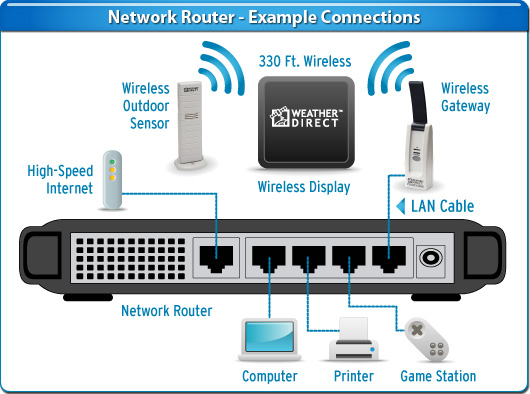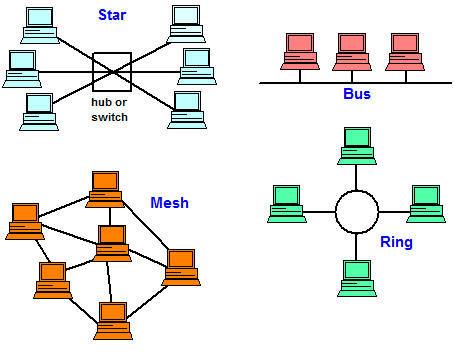
The standard model for networking protocols and distributed applications is the International Standard Organization's Open System Interconnect (ISO/OSI) model. It defines seven network layers.
Short for Open System Interconnection, an ISO standard for worldwide communications that defines a networking framework for implementing protocols in seven layers. Control is passed from one layer to the next, starting at the application layer in one station, proceeding to the bottom layer, over the channel to the next station and back up the hierarchy.
At one time, most vendors agreed to support OSI in one form or another, but OSI was too loosely defined and proprietary standards were too entrenched. Except for the OSI-compliant X.400 and X.500 e-mail and directory standards, which are widely used, what was once thought to become the universal communications standard now serves as the teaching model for all other protocols.
Control is passed from one layer to the next, starting at the application layer in one station, proceeding to the bottom layer, over the channel to the next station and back up the hierarchy.


